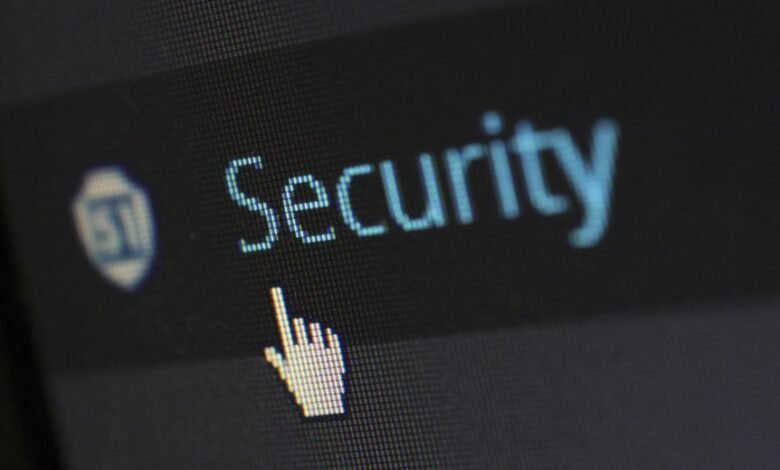Instant Caller Authentication Risk Protection 3922821805 3332710028 3511976796 3808927301 3275691221 3208388184

Instant caller authentication is becoming increasingly vital in mitigating risks within telecommunications. With fraud and impersonation on the rise, scrutinizing specific phone numbers such as 3922821805 and 3332710028 reveals potential patterns of malicious activity. Implementing advanced authentication techniques can significantly enhance security measures. However, the evolving nature of technology presents both challenges and opportunities. What measures will be necessary to adapt to these changes?
Understanding Instant Caller Authentication
Although advancements in telecommunications have enhanced connectivity, they have also heightened the risk of fraudulent activities through caller impersonation.
Effective caller verification is essential to mitigate these risks. Various authentication methods, including one-time passcodes and biometric verification, offer robust solutions.
The Importance of Risk Protection in Telecommunications
The increasing sophistication of communication technologies has made risk protection in telecommunications a paramount concern.
Effective telecom security measures are vital for safeguarding sensitive data and maintaining consumer trust.
Implementing robust risk management strategies enables organizations to identify vulnerabilities and mitigate potential threats.
As telecom systems evolve, prioritizing risk protection becomes essential to ensure the integrity and reliability of communication networks.
Analyzing the Phone Numbers Associated With Risk Protection
As organizations strive to enhance their risk protection strategies, analyzing the phone numbers associated with potential threats emerges as a critical component of effective telecommunications security.
Phone number analysis facilitates risk assessment by identifying patterns and anomalies that may indicate fraudulent activity.
Future Trends in Caller Authentication Technologies
Advancements in technology are poised to reshape caller authentication methods significantly.
Future trends indicate a shift towards biometric verification, enhancing security through unique physiological traits.
Additionally, AI algorithms will optimize authentication processes, rapidly assessing caller identity while minimizing fraud risk.
These innovations will not only streamline user experience but also empower individuals, ensuring privacy while maintaining robust protection against impersonation and unauthorized access.
Conclusion
In conclusion, instant caller authentication serves as a vital line of defense against the rising tide of fraud and impersonation in telecommunications. By analyzing phone numbers and implementing advanced security measures, such as one-time passcodes and biometric verification, organizations can significantly enhance their risk protection strategies. As technology continues to evolve, staying ahead of potential threats will be essential. Ultimately, ensuring robust authentication methods is not just a smart move; it’s the name of the game in safeguarding communication networks.




